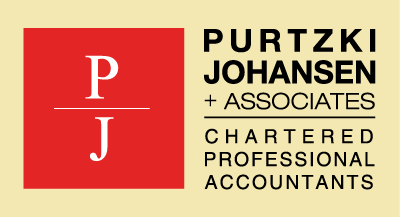
To minimize the after-tax cost of the mortgage payment, consider the following scenarios to deduct the mortgage interest for tax purposes.
- The sale and buy back
You own personally investments worth $300,000. You sell the investment and use the proceeds of $300,000 to pay down your mortgage. Subsequently, you borrow $300,000 to repurchase the investment. The interest is now tax deductible because the borrowed money was used to acquire the investment. - Cash damming
This is a great technique, especially for unincorporated dentists to convert a personal loan into a practice loan. You establish two bank accounts. Your professional income is deposited into Account A and funds are withdrawn to repay your personal loan. The practice expenses, including office overhead and staff salaries, are paid from Account B, which is funded by a practice line of credit. Since the borrowed money was used to pay for practice expenses, the interest deductibility test is met. - Sale to company
You own real estate which cost $500,000, with a market value of $900,000. You sell the real estate to your dental corporation, or holding company at an elected value of $500,000. Your Corporation borrows $500,000 to pay for the real estate. You use the proceeds to pay down your personal mortgage. The interest expense is deductible in the corporation. By electing the transfer value of the asset at the tax cost, the transaction does not trigger any capital gains which normally would apply if the property was disposed to a third party. - Payment of dividends
Here is another method to maximize the interest deductibility. The dental corporation borrows money to pay dividends to the shareholders, who use the funds to pay off personal loans. The interest is deductible in the company as long as the dividend is paid out of the accumulated profits or retained earnings of the company. Check the “retained earnings” amount in the shareholder equity section of the practice balance sheet. You cannot borrow money and deduct the interest if the bank loan exceeds the retained earnings. - The equity strip
This strategy works well where the doctor has injected his or her own capital, usually in the form of a shareholder loan, into the corporation.
Consider the following series of transactions:- The company takes out a temporary loan of, say, $300,000 to repay the shareholder loan;
- You as a shareholder use the proceeds to pay down the personal mortgage;
- You take out a new mortgage on your house and invest the funds in the company;
- The company uses the new mortgage proceeds to repay the bank loan.
Nothing has really changed in your debt structure, except that the house mortgage is now tax deductible on your personal tax return.
Take a close look at your financial situation and feel free to contact us to help you devise the appropriate strategy to make your personal loans, including, house mortgages, tax deductible.



